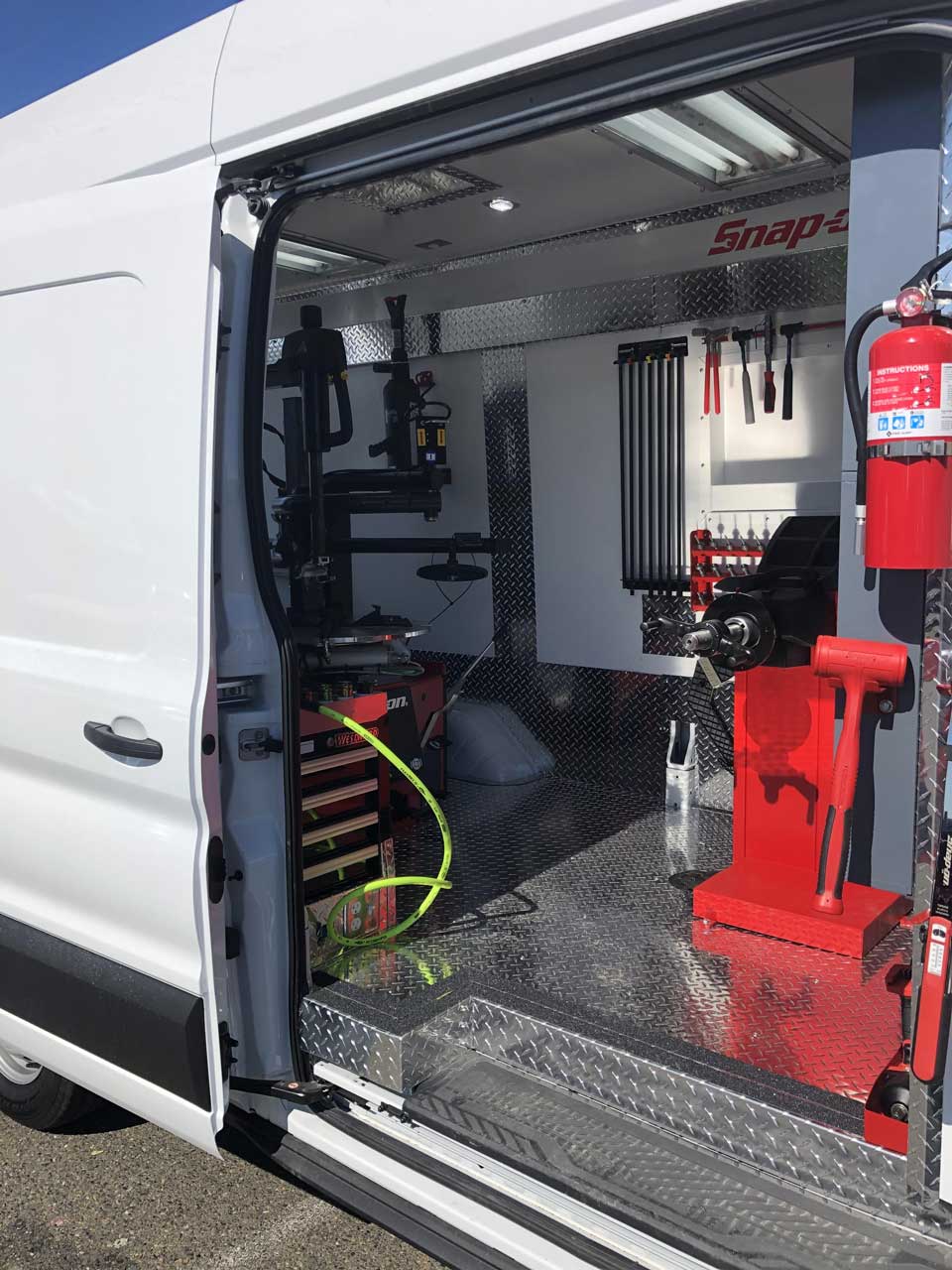Costs Mobile Tire Replacement Las Vegas - Top Quality Ensured
Costs Mobile Tire Replacement Las Vegas - Top Quality Ensured
Blog Article
Tire Service: Proven Methods for Optimum Tire Maintenance and Care
Maintaining optimal tire problem is vital for both safety and performance of any type of lorry. From ensuring appropriate tire pressure to routine rotation and positioning, there are tested techniques that can significantly expand the life-span of your tires and improve total driving experience. As we check out the complexities of tire treatment and upkeep, we will discover essential guidelines that every automobile proprietor should abide by for the ideal possible outcomes. Let's dig right into the world of tire service and uncover the tricks to keeping your tires in top-notch form for the long run.
Significance of Tire Pressure
Sufficient tire pressure promotes far better gas effectiveness, as under-inflated tires can lead to enhanced rolling resistance, creating the engine to function harder and take in more fuel. Appropriate tire stress makes certain also step wear, improving tire durability and conserving money in the long run by postponing the demand for early replacements. Routinely inspecting and readjusting tire pressure, specifically before lengthy journeys, is a simple yet effective way to boost lorry performance, expand tire lifespan, and focus on safety and security on the roadway.
Tire Turning Standards
When taking into consideration tire rotation guidelines, it is necessary to recognize the importance of this upkeep task in making best use of tire life-span and keeping optimum vehicle performance. Tire rotation entails transforming the setting of each tire on a vehicle to ensure also tread wear. Front tires often tend to wear more quickly than back tires because of guiding pressures, making routine rotation important for well balanced wear patterns. The recommended rotation pattern differs depending upon whether a car is front-wheel, rear-wheel, all-wheel, or four-wheel drive. Usually, tires ought to be rotated every 5,000 to 7,500 miles, or as encouraged in the automobile guidebook. Ignoring tire rotation can lead to uneven wear, affecting handling, traction, and possibly compromising automobile security. By adhering to appropriate rotation standards, chauffeurs can expand the life of their tires, enhance fuel performance, and improve total driving experience. Normal turning is a basic yet effective upkeep practice that contributes substantially to tire longevity and lorry performance.

Benefits of Wheel Alignment
Ensuring appropriate wheel placement after tire turning is essential for maintaining balanced wear patterns and taking full advantage of lorry efficiency. Wheel alignment refers to the modification of the angles of the wheels to the supplier's requirements. Among the key advantages of wheel positioning is enhanced managing and steering response. When the wheels are correctly aligned, it decreases steering effort, making sure a smoother and extra regulated driving experience. Additionally, appropriate wheel alignment aids to extend the lifespan of your tires. Misaligned wheels can cause uneven tire wear, leading to premature tire substitute and boosted upkeep expenses.

Tire Tread Depth Inspect
Doing a routine inspection of tire walk depth is essential for keeping safe driving problems and extending the lifespan of your tires. Irregular walk wear can indicate problems with tire pressure, suspension, or placement, highlighting the value of routine walk deepness checks. By integrating tire step depth checks right into your regular maintenance routine, you can drive with self-confidence understanding that your tires are in leading condition.
Seasonal Tire Assessment
Seasonal tire assessment is a basic facet of tire upkeep that makes sure tires are prepared to face the challenges postured by different weather condition conditions. In prep work for winter months, it is necessary to inspect the tire pressure on a regular basis as cold temperature levels can trigger tire pressure to go down. By carrying out routine seasonal tire examinations, chauffeurs can prolong tire life-span, boost gas efficiency, and most significantly, ensure a safe and secure driving experience in varying climate conditions.
Final Thought
In final thought, preserving appropriate tire stress, rotating tires frequently, aligning wheels correctly, keeping track of tread deepness, and carrying out seasonal assessments are necessary practices for optimum tire care. By complying with these confirmed methods, drivers can guarantee their tires last longer, do better, and add to general car safety and security. It is crucial to prioritize tire maintenance to avoid crashes, boost gas efficiency, article source and lengthen the life-span of tires.
Ample tire pressure promotes much better gas efficiency, as under-inflated tires can lead to boosted rolling resistance, creating the engine to work harder and consume even more fuel.When taking into consideration tire turning standards, it is essential to recognize the value of this upkeep task look these up in maximizing tire life expectancy and maintaining optimum automobile efficiency. Seasonal tire assessment is a basic element of tire maintenance that makes sure tires are prepared to deal with the challenges positioned by different weather condition problems. By performing regular seasonal tire evaluations, motorists can lengthen tire life expectancy, improve gas effectiveness, and most notably, ensure a secure driving experience in varying climate conditions.
In verdict, keeping correct tire stress, turning tires regularly, straightening wheels properly, monitoring tread deepness, and conducting seasonal evaluations are necessary techniques for optimal tire treatment.
Report this page